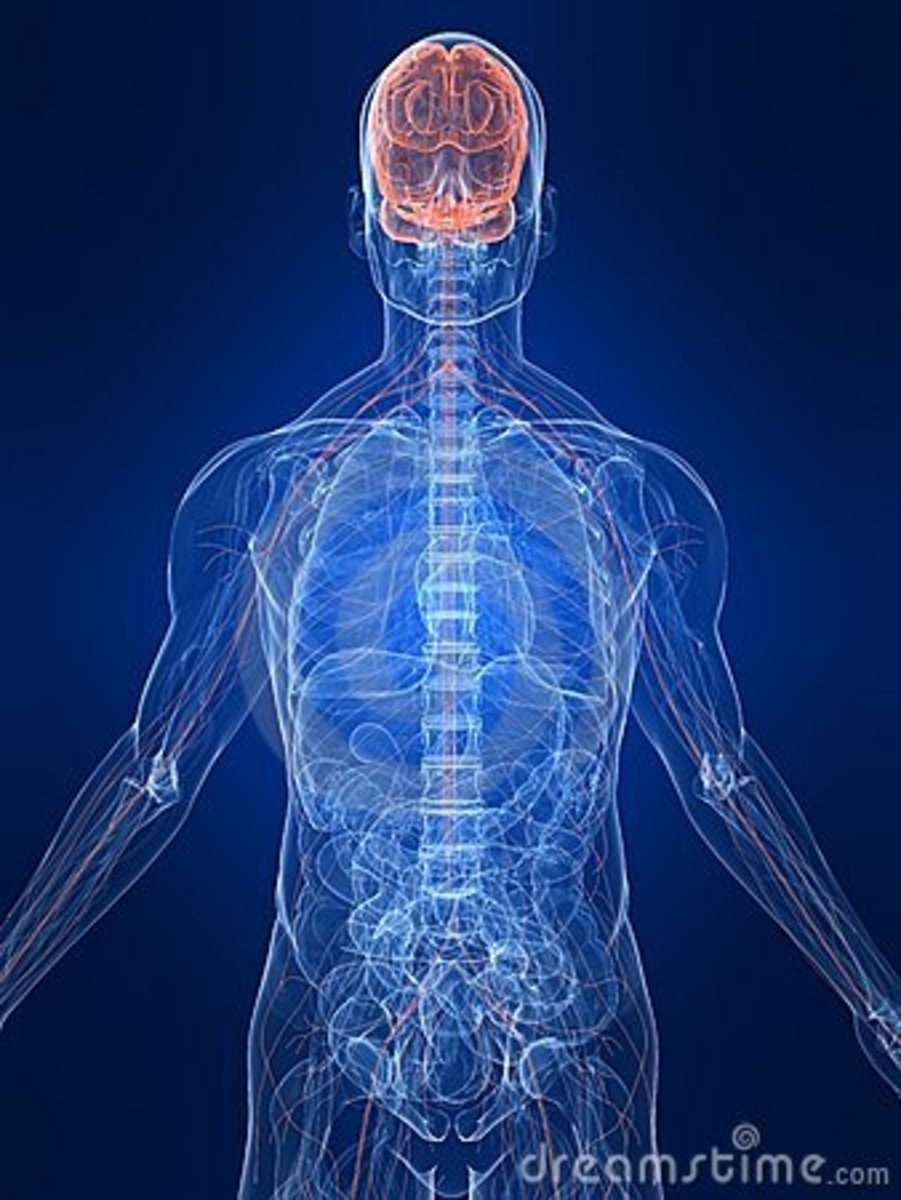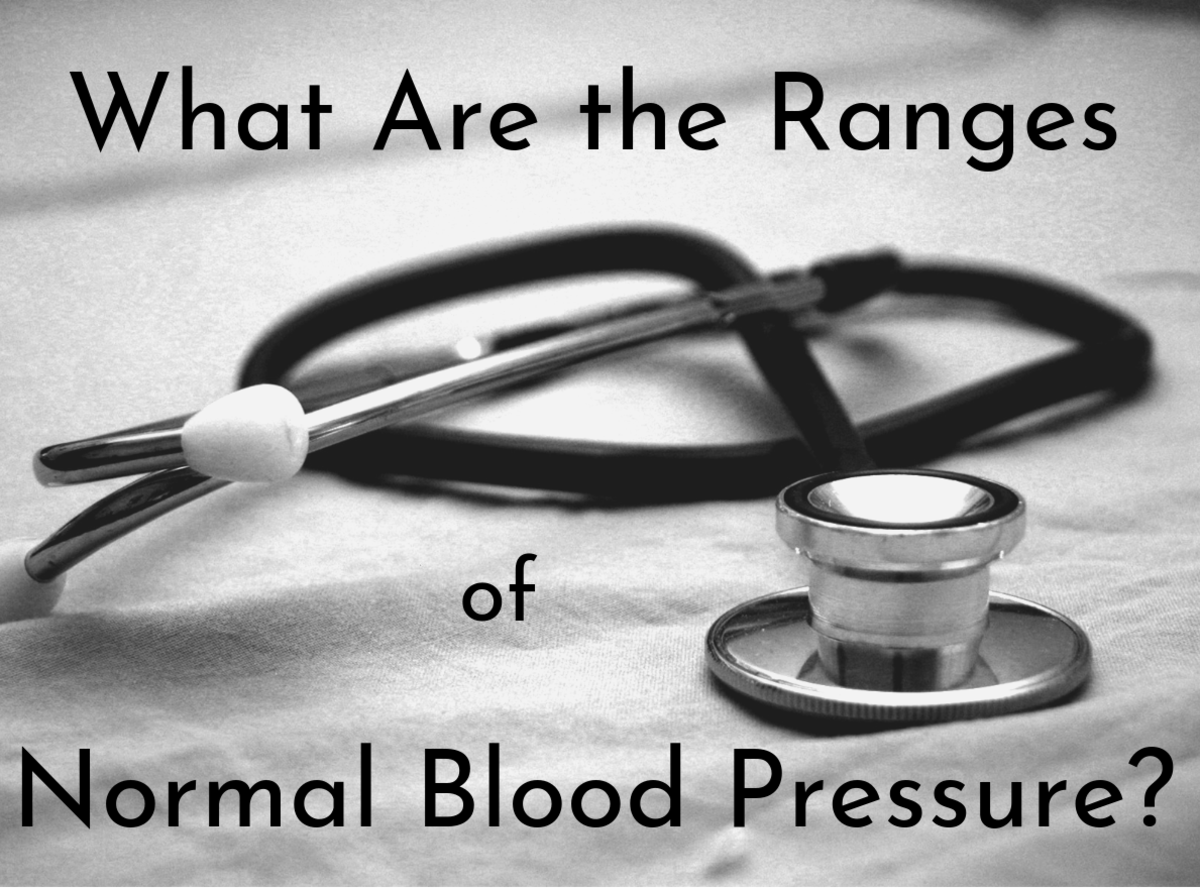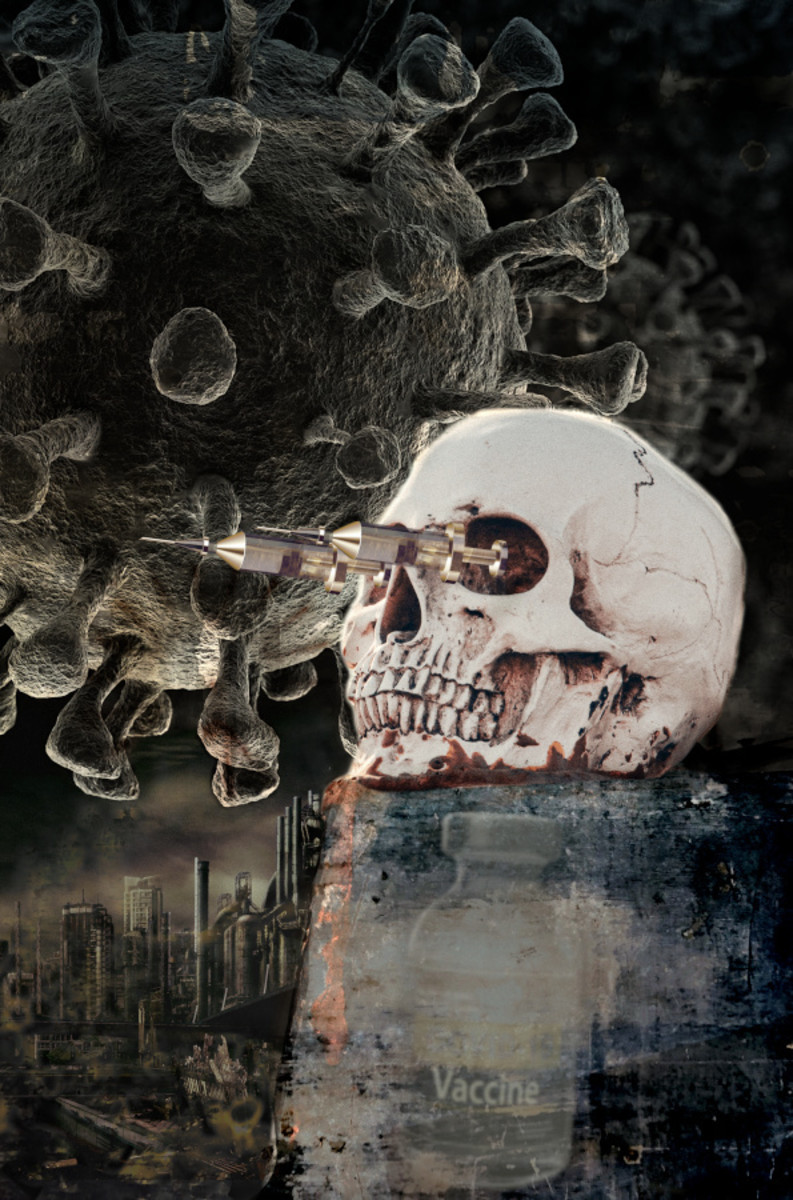Nursing Concepts in Vital Signs: Temperature, Respiration, Pulse, and Blood Pressure
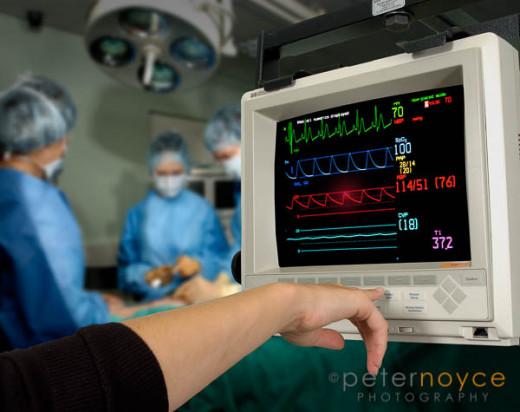
Taking vitals assessment is the primary role of the nurse. The first signs of abnormalities are often times reflected in the results obtained from taking the vital signs. Therefore, it is important that the nurse is competent in assessing the patient's vitals knowing which result is considered to be abnormal or not.
Vital Signs
Vital sign or otherwise known as Cardinal sign is considered as the first indicator of abnormality. This serves as the baseline data in assessing the progress of the patient as well as the basis for determining the treatment for the patient's condition.
To assess the patient's vital signs, the patient's temperature, pulse rate, respiratory rate, and blood pressure needs to be obtained using the nurse's observation, palpation and using tools such as a blood pressure apparatus, thermometer and stethoscope.
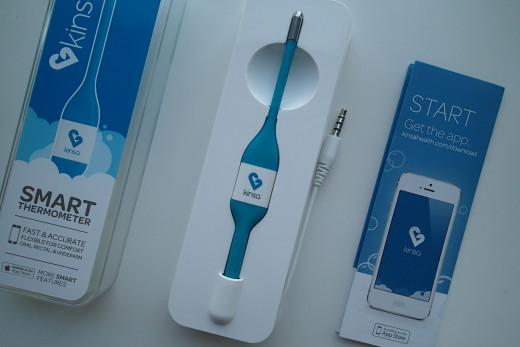
Temperature
As it is commonly understood, temperature is the hotness or the coldness of our body. if there is a rise in our body temperature, this obviously indicates infection, meaning, the patient has a fever. In contrast, if the temperature is low, the patient may be cold therefore, the nurse must provide interventions to warm the patient such as using a drop light or adding more clothing and blanket.
The Hypothalamus is the temperature center of the brain. The temperature can also be influenced by either of these following factors: Muscle activity, Thyroxine output, stimulation of the sympathetic nervous system, external sources, and basal metabolic rate.
The normal body temperature for adults is: 36.5 to 37.5 degrees Celsius. For children the normal body temperature is 36-36.7 degrees. To convert from Celsius to Fahrenheit and vice versa the formula for this is:
F=(C) x1.8+32 and C=(F)-32/1.8
Nursing Diagnosis and the definition of terms:
Alterations in Body Temperature
- Hypothermia: Low body temperature
- Hyperthermia: high body temperature
- Pyrexia: 38-41 degrees
- Hyperpyrexia: 41 degrees higher.
- Core: Internal Body Temperature
- Surface: external Body Temperature
- Crisis: Sudden drop of Body Temperature
- Lysis: gradual drop of Body Temperature
What are the types of fever?
- Intermittent: Fever within 24 hours and goes back to normal otherwise known as on-and-off fever.
- Remittent: Fever within 24 hours to abnormal
- Relapsing: Fever within 7 days then returns back to normal
- Constant: fever within 7 days and continues to be abnormal.
Process of Heat Loss
- Radiation: Heat loss without contact
- Conduction: Heat loss with direct contact
- Convection: Air current
- Evaporation: Water vapour otherwise known as insensible water loss
Kinds of Thermometer
1.Tympanic : Eardrum and can be taken about 1-2 seconds
Contraindication: Obstruction and infection
2. Electronic/digital: Axilla and can be taken about 5-60 seconds
Recommended by the DOH
3. Disposable( paper ): forehead and can be taken about 1-2 min
4. Glass/Mercury: This is commonly used in the past. Most of the hospitals now do not recommend using this because of its potentially lethal effect when accidentally ingested.
Axilla/Oral: long and slender
Rectal: Short and round
Methods to obtain temperature
Oral Temperature is considered to be the most accessible and convenient route.
Rectal Temperature is considered to be accurate and reliable.
Axillary Temperature is the safest and non-invasive route.
Oral Temperature
Again, this is considered as the most accessible and convenient route among the three. Place the thermometer under the tongue (Sublingual) or in the buccal sockets.
How to clean the thermometer: the principal in cleaning the thermometer is from “Clean to Dirty.” Before using the thermometer, the health care worker should clean from bulb to stem and after using, the process should be from stem to bulb. To read the result, it has to be read at eye level or else it is considered as an error of parallax.
Contraindications when taking the oral temperature are as follows, remember this mnemonics:
S – Seizure
C – Cough
A – Age ( bellow 5 y.o )
N- Nausea and vomiting
D – Decreased level of Consciousness
Rectal Themperature
The rectal route is considered to be the most accurate and reliable route. Insert the thermometer about 0.5-1.5 inches /1.5-4cm in the anus of the patient for about 2 minutes for adults and less than 5 minutes for Infants because of immature hypothalamus.
There are four basic steps to take the rectal temperature:
1. Position: left Sims or Left side lying (no pressure on the vena cava )
2. Gloves: Clean
3. Lubrication: KY jelly water based
4. Deep breath: relax sphincter
Contraindications when obtaining the rectal temperature, remember this mnemonics
R: Rectal Problems
C: Cardiac Problems
Axillary Temperature
This is considered to be the safest and non-invasive among the three. To start, pat the axilla dry. Place the thermometer in the patient's axilla for about 9 min for adults (because of high SQ fats) and about 5 min for infants.
Contraindications in taking the axillary temperature, remember the mnemonics:
A: Axillary Lesion
C: CVA ( paralysis ) poor body circulation.
General Nursing Management For Taking Body Temperature
- Monitor vital signs
- Assess P.E and Labs (White Blood Cell Count)
- Nutrition and fluids (2.5 liters to 3 liters a day)
- Monitor Intake and Output
- Rest to reduce heat production
- Tepid Sponge Bath and light clothing (blanket for chills)
- Antipyretics as ordered. (Dependent Nursing Action )
Pulse
The pulse is the wave of blood created by left ventricular contraction. For the normal adult the normal value of the pulse rate is 60-100 Bpm and for children it is 120-160 Bpm.
Definition of Terms
Pulse Pressure is the difference between systole and diastole (30-40 mmhg)
Pulse deficit is the difference of apical and distal pulses
Pulse amplitude
0- absent
1- Weak and thread
2- Weak
3- Normal
4- Strong and bounding
SA node is the physiologic cardiac pacemaker of the heart with a firing rate of 60 to 100 beats per minute. SA to the AV node ( 40-60 bpm).to the bundle of His ( 30-40 ) Cardiac output is the stroke volume ( amount of blood ejected normal 70ml ) X ( Cardiac rate) and is affected by preload. The Urine Output is the most reliable indicator of Cardiac output Preload is the Venous return and Afterload is the Peripheral resistance of the heart. Cardiac contractility is the Inotropic property. Frank-Starling Law of the heart is venous return ( causes initial stretch of myocardium ) which is equal to the force of contraction ). Rate or frequency is the number of pulsation per minute. The rhythm is the regularity and quality is the strength of the pulse.
How to assess for the Pulse Rate?
1. Taken in one full minute
3. Palpate radial pulse
4. Apical pulse: last pulse to be assessed it is also known as the point of maximal impulse, for male patients, the nurse should palpate 2 fingerbreaths bellow nipple on the 5th intercostal space midclavicular line.
5. Do not use thumbs
Respiration
The normal respiration for the adult is 16-20 BPM and for the child it is about 30-60 BPM. The Medulla is the primary respiratory center and cardiac center of the brain. Pons serves to Regulate rhythm and it is considered as the Pneumotaxic center. CO2 or carbon dioxide is the Major chem stimuli for respiration. Hypoxia is the low Oxygen. Hypoxemia is the low Oxygen in the blood. Anoxia is the absence of Oxygen in the brain.
Nursing Diagnosis
Alteration in Breathing Pattern
Ineffective Tissue Perfusion
Ineffective Airway clearance
- Tachypnea: fast breathing
- Bradypnea: slow breathing
- Orthopnea: altered breathing when in upright position
- Apnea: Cessation of breathing
Oxygen and Carbon Dioxide Management
If the patient is having Hypoventilation have the patient do pursed lip breathing. If the patient is experiencing Hyperventilation have the patient breath deeply in a paper bag.
Rhythm
- Chyene-strokes: Shallow deep breathing with periods of apnea
- Biots: several short breaths followed by irregular periods of apnea
- Kussmaul: severe deep rapid labored breathing
- Apneustic: prolonged inspiration with sudden insufficient expiration.
Audible Sounds
- Stridor: a shrill, harsh sound heard on inspiration
- Wheeze: high-pitched on expiration
- Bubbling: gurgling sound
Chest Movements
- Intercoastal retraction: Indrawing bet ribs
- Substernal retraction: Indrawing bet breastbone
- Suprasternal retraction: Indrawing above the clavicle.
The Three Process of Respiration
Ventilation is the bodily process of inhalation and exhalation; the process of taking in oxygen from inhaled air and releasing carbon dioxide by exhalation.
1. Inhale
2. Exhale
Diffusion is the process of gas exchange
Oxygen and Carbon Dioxide are inversely proportional
Perfusion it is the process of blood going in your tissues or organs.
Respiratory Distress: high Respiration Rate it is your body's way of compensation.
Respiratory Depression: Low Respiration Rate. Kind of like you're sedated.

Blood Pressure
The normal blood pressure for adults is 110/70 to 120/80 mmhg and the normal value for children is 80/40 mmhg
Systolic Pressure ( Numerator ) It is the pressure of blood during cardiac contraction ( systole ) while Diastolic Pressure( Denominator ) is the pressure when ventricles are at rest. Pulse Pressure is the difference between the systolic and the diastolic pressure. Korotkoff’s sound is the sound you hear when taking the Blood Pressure.
What are the factors affecting blood pressure?
1. Starling’s Law is the pumping action of the heart ( venous return = force of contraction )
2. Peripheral Vascular Resistance ( diameter of the vessels )
3. Blood Volume If the blood volume is low it will cause hypovolemic shock.
4. Blood viscosity If the blood viscosity is high. Meaning the blood is too viscous ( increase in Hematocrit ) the blood pressure will increase.
5. Hypertension (HTN) is defined when the BP is above 140/90mmhg.
( The organ involved in primary HTN( unknown cause) is the kidney.
6. Hypotension is defined as BP bellow 100/60mmhg
7. Orthostatic Hypotension Blood Pressure that falls when the client sits or stands.
Systolic BP drop of 25mmhg or diastolic drop of 10mmhg is reportable.




